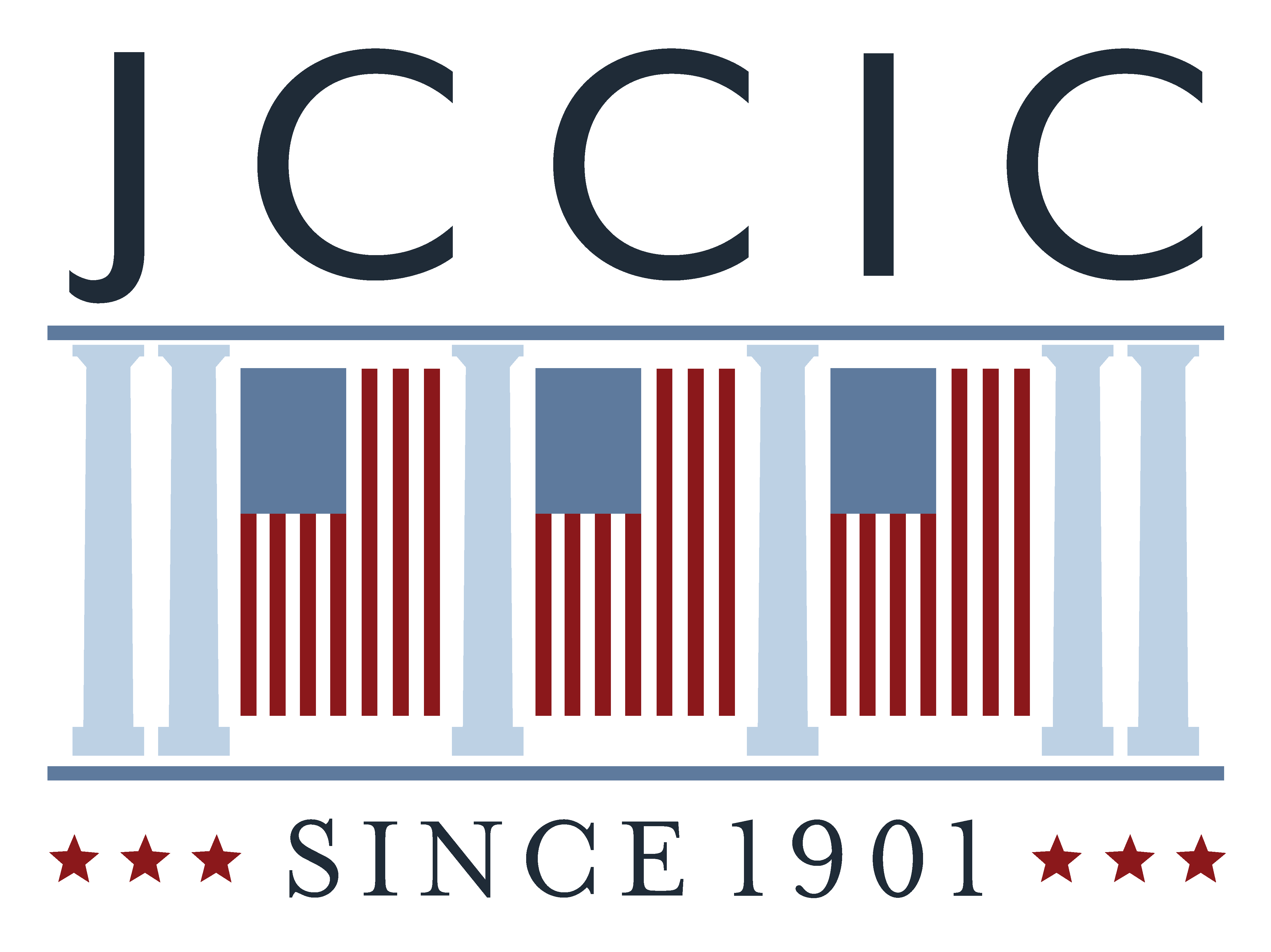PROCESSION TO THE CAPITOL
By tradition, members of the Joint Congressional Committee on Inaugural Ceremonies travel to the White House to escort the President-elect, Vice President-elect, and their spouses to the Capitol for the Inaugural Ceremonies. After a brief meeting, the President-elect and the outgoing President will then proceed together to the Capitol for the Swearing-In Ceremonies. This tradition has endured, with few exceptions, since 1837, when Martin Van Buren and Andrew Jackson rode together in a carriage made from wood taken from the U.S.S. Constitution. The Vice President and Vice President-elect will follow, as will family members, cabinet members, and members of the JCCIC.
Since the first Inauguration of George Washington in 1789, the procession to the Inaugural ceremonies has provided an occasion for much celebration. In fact, the Inaugural parade that now follows the Swearing-In Ceremony first began as the procession, when military companies, bands, the President’s cabinet, elected officials, and friends escorted the President-elect to the Inauguration. Procedures changed in 1873, when President Ulysses S. Grant reviewed the troops from a stand in front of the White House after the Swearing-In Ceremony. In 1881, a single military division escorted President-elect Garfield to the Capitol, and the full parade occurred after the Inauguration.
Although most presidents rode to their Inaugurations in a carriage (or later, an automobile), Thomas Jefferson and Andrew Jackson both walked to their Swearing-In Ceremonies. In 1825, outgoing President James Monroe took part in the procession to the Capitol in his own carriage, following President-elect John Quincy Adams’ carriage. In 1841, William Henry Harrison rode to the Capitol for his Swearing-In Ceremony on the back of a “white charger,” surrounded by his close political allies. In 1845, outgoing President John Tyler joined President-elect Polk for the carriage-ride to the Capitol, firmly establishing the tradition first carried out by Van Buren and Jackson in 1837.
By the time of Zachary Taylor’s Inauguration in 1849, a routine for the procession had been established, although it would change in small ways over time. A military and civilian escort would parade to the President-elect’s lodgings, where they were joined by the outgoing President. The outgoing President would take his seat in the carriage to the right of the President-elect, and the whole entourage would then proceed to the Capitol for the Swearing-In Ceremony.
At the 1857 Inauguration of James Buchanan, members of the Senate Committee on Arrangements for the Inauguration formed an escort, and joined the President and President-elect in the carriage, starting a long-running tradition.
Lincoln did not join the procession to the Capitol for his second Inauguration in 1865. He had already gone to the Capitol early that morning to sign last-minute bills into law. The parade proceeded without him, and even made history as African Americans marched for the first time.
In 1869, Andrew Johnson became only the third President who did not join the President-elect in the procession to the Capitol, nor did he attend the Swearing-In Ceremony. He remained at the White House, signing last-minute legislation until his term expired at noon.
The 1877 Inauguration of Rutherford B. Hayes started the tradition of the President-elect going first to the White House to meet the outgoing President before proceeding to the Capitol. The Vice President and Vice President-elect followed in a separate carriage, and after them, members of the Senate Committee on Arrangements. Future Inaugurations would follow this precedent.
Edith Galt Wilson became the first First Lady to accompany her husband in the carriage to the Capitol in 1917. In 1921, Warren G. Harding became the first President to ride to his Inauguration in an automobile. Lyndon B. Johnson’s procession to the Capitol in 1965 was marked by stringent security measures, including a bullet-proof limousine.
Today, the Presidential procession to the Capitol for the Swearing-In Ceremonies follows a firmly established protocol, based on the evolving traditions of past Inaugurations.

